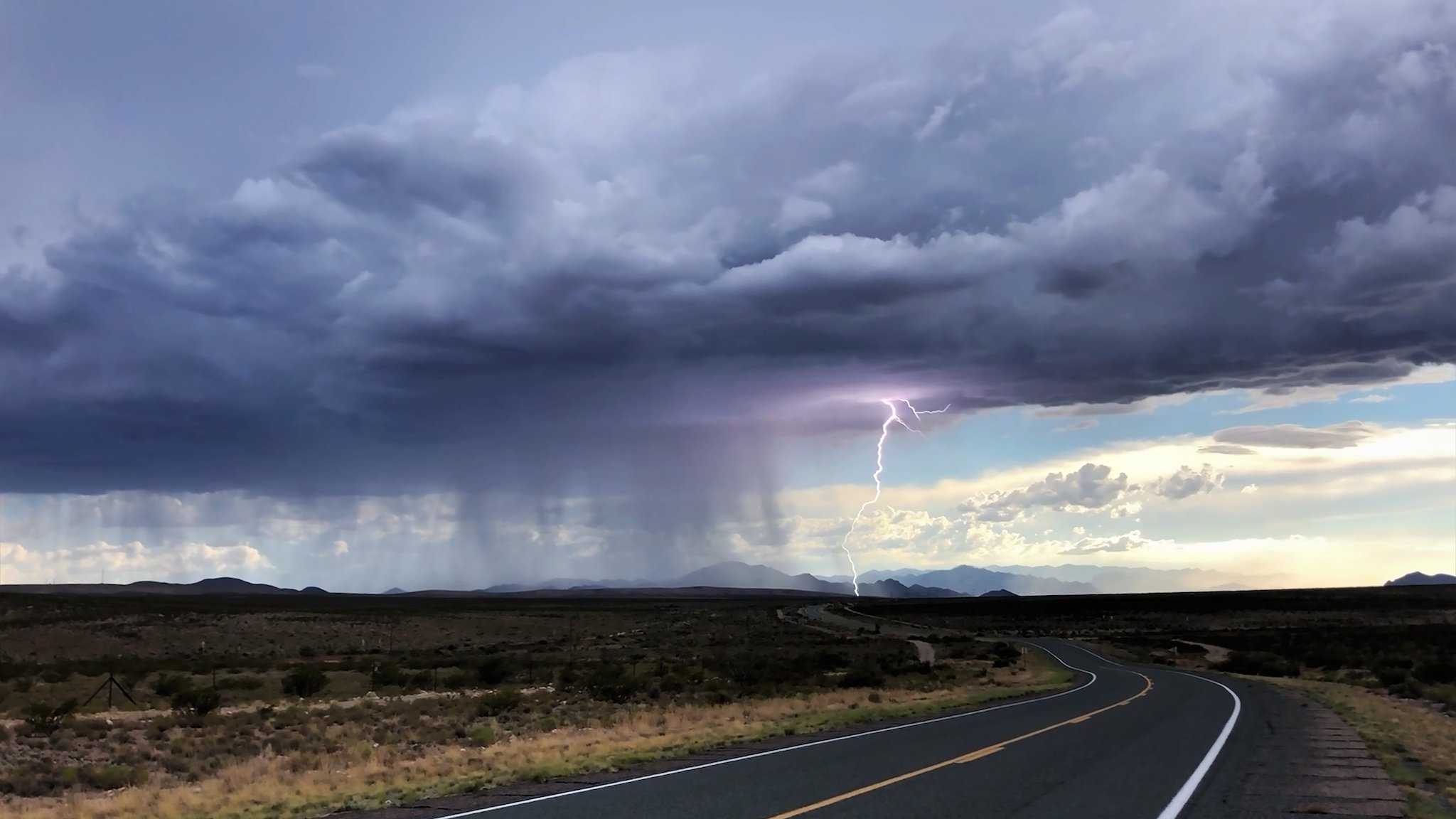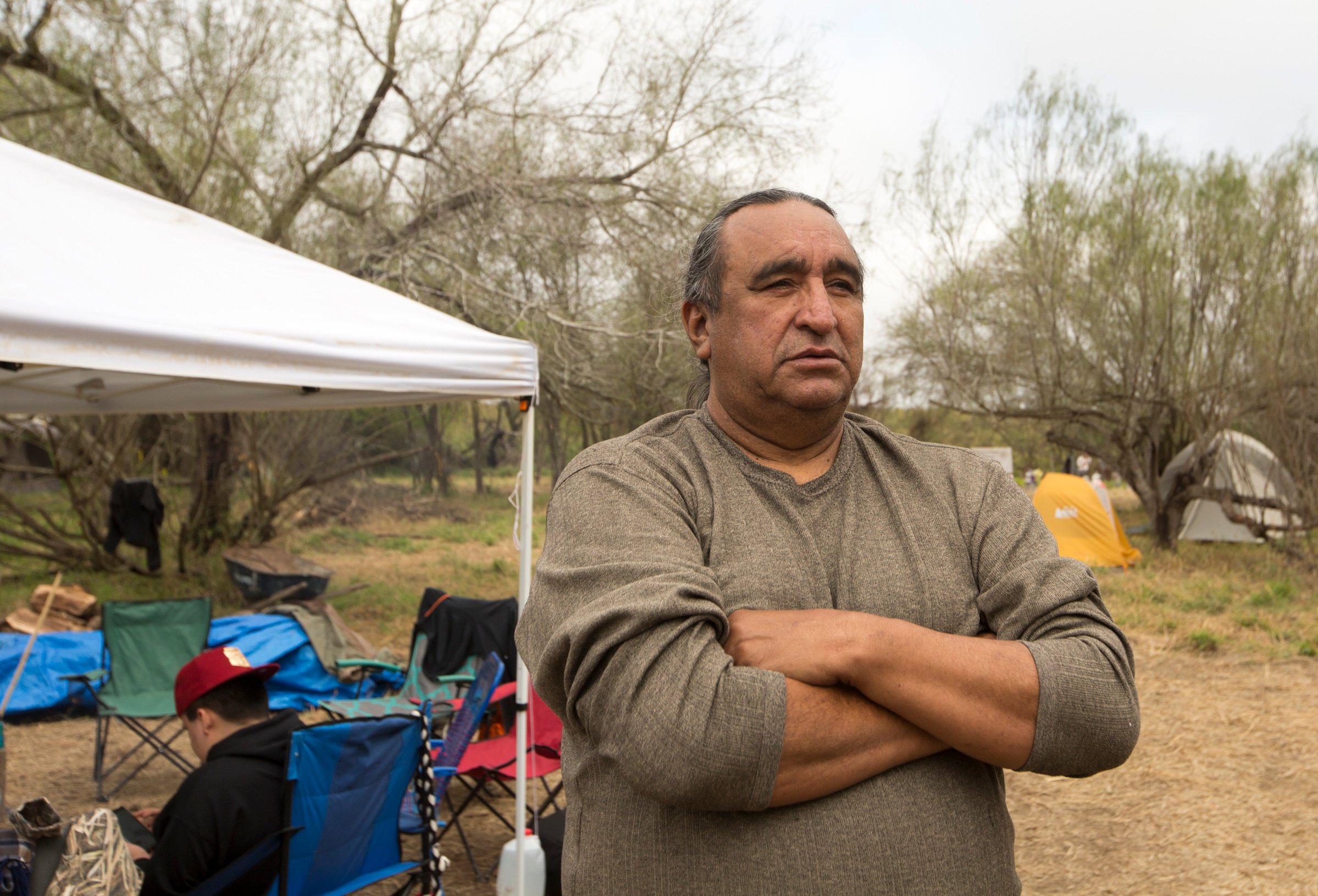Major Tom Reignites Passion for Space Travel

David Bowie’s “Space Oddity,” as recorded by Commander Chris Hadfield while on board the International Space Station.
On Sunday, May 12, Canadian astronaut Commander Chris Hadfield ended a five-month mission aboard the International Space Station by releasing a YouTube video of himself performing David Bowie’s 1969 hit “Space Oddity”—in space. Just three days later, the video had been viewed more than 11 million times, with nearly every one of the comments enthusiastically in support of Hadfield and astronauts in general. Earth’s first music video shot in space was the grand finale of a five-month social media campaign by Hadfield to engage the public in his space adventure. By broadcasting such mundane tasks as making a peanut butter and honey sandwich, brushing his teeth, and washing his hands, Hadfield managed to do what NASA and every other national space program hasn’t—reignite the public’s enthusiasm for space exploration.
But why did people become so blasé about space travel? America’s serious entry into space exploration was founded on the fear that the Soviet Union was going to colonize the moon. Fueled by paranoia about losing our technological and ideological superiority, the U.S. raced to get to the moon first. In 1969 the world gathered around television sets to watch Neil Armstrong take that first lunar step, and the result was a popular culture inspired by dreams of the future. When it became clear, however, that Russia wasn’t going to follow us to the moon, American moon missions ended. By the end of the 1970s, we had stopped advancing the frontier for human spaceflight, and the public’s enthusiasm waned.
In the ensuing years, government funding steadily dropped. The space shuttle program ended in 2011 and, by 2012, only one half of 1 percent of the U.S. federal budget went to NASA. Locally, cutbacks at the Johnson Space Center have resulted in massive layoffs for NASA employees and contractors. It’s hard to get precise numbers, but in the past three years, the Aerospace Transition Center, a human-resources facility run by the Texas Workforce Commission, has been utilized by an estimated 5,000 people in the Houston suburb of Clear Lake City, the home of NASA. Though the numbers are dwindling, the layoffs continue. But if American astrophysicist Neil deGrasse Tyson is to be believed, the economic crisis we’re in didn’t cause the end of the space program. Rather, it could be the other way around.
In a 2012 Senate committee hearing on the future of the U.S. space program, Tyson theorized that “Epic space adventures plant seeds of economic growth because doing what’s never been done before is intellectually seductive whether or not we deem it practical.” He went even further to speculate that today’s economic crisis is a symptom of a collective loss of ambition due to our loss of the space dream.
Intellectual seduction seems a good term for what Commander Hadfield did with his social-media campaign. His zeal for space exploration is such that even the act of washing his hands is something he wanted to share with the world—and the world wanted to share it with him. His nearly one million Twitter followers attest to that.
To NASA’s credit, the agency was instrumental in helping Hadfield carry out his video broadcasts. The agency provided the technology that allowed Hadfield to do an “Ask Me Anything” session on Reddit live from space. But it was Hadfield’s enthusiasm and creativity that provided the content.
Not only did he mastermind the “Space Oddity” recording, planning well ahead of his mission to get permission from David Bowie to alter the lyrics and perform the song, but he also spent hours outside his 10-hour-a-day job as an astronaut creating content for his followers back home.
What NASA does now is crucial. It can take Hadfield’s social-media model and leverage its creativity to drum up popular support for new projects like commercial space-transport company SpaceX’s proposed rocket launch site outside Brownsville, a move that could bring hundreds of jobs to Texas’ poorest region. Or NASA can go back to what it was doing before and risk floundering another 20 years.
If that happens, however, American innovation may go with it.


